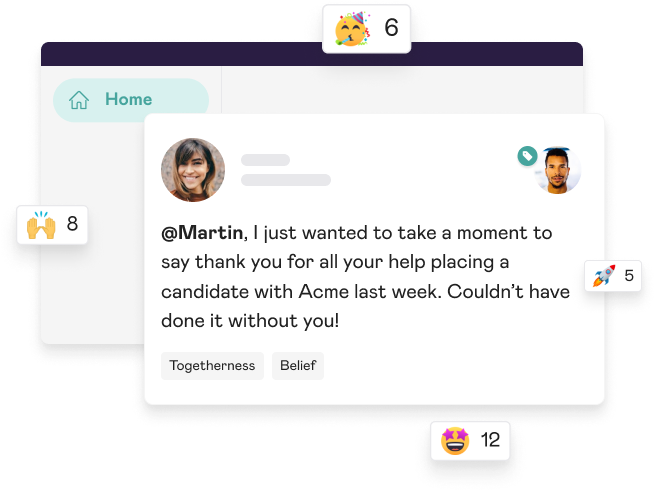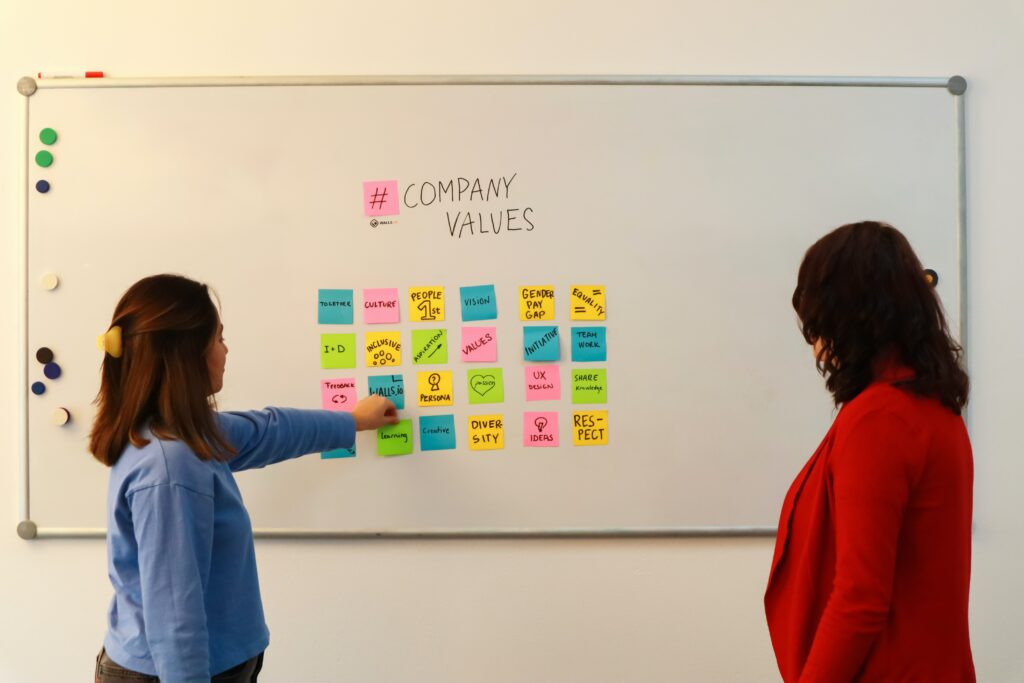For a high-performing team packed with people working at their peak, a strong coaching strategy is a must. Working with your employees to help them grow to their full potential can be an incredibly rewarding experience – and it offers plenty of big business benefits.
What is Coaching in the Workplace?
Workplace or employee coaching is a strategic method of helping employees grow their skills. It’s usually part of an employee development program, but the focus is on finding ways to advance an individual, rather than addressing a wider training need.
Why is Coaching in the Workplace Important?
Coaching sessions can turn a team around. Not only is it perfect for polishing skills or introducing new ones, but it also offers your talented players some solid goals and real opportunities for satisfaction. This means that coaching can result in:
- Improved employee engagement – when you invest in your employees, they are more likely to be engaged and invested in your organisation and its goals.
- Decreased employee turnover – high-quality leadership coaching can improve turnover rates by up to 32%.
- Improved productivity and effectiveness – coaching can help employees ensure that their efforts are channelled into the most effective streams.
- A culture of learning and development – A workplace culture that is focused on growth and development encourages and attracts top talent.
- Improved confidence – UpCoach found that 80% of people who received business coaching reported that it improved their self-confidence.
McKinsey research found that the top reasons people cited for leaving their jobs were a lack of career development and having uncaring leaders. An investment in coaching can help improve both.
3 Types of Workplace Coaching
Good coaching comes in a variety of different shapes and forms. It’s down to you to work out which is most suited for each employee. There are three main types to work with.
1. Peer-to-peer Coaching
Peer coaching pairs employees of a similar level. It can be very useful for employees who may find it difficult to share difficulties or areas of weakness with their managers. It is most successful when the peers are carefully matched so that their strengths and weaknesses are in opposition.
For example, pairing someone with excellent time management skills and a lack of vision with someone innovative but unorganised. Peer-to-peer coaching is also an excellent way to build the coaching skills of employees and encourage them to share constructive feedback.
2. Leader Coaching
When a leader is invested in improving the skills and performance of their team members, they can be coaches as well as managers. Leader coaching can be a very successful partnership.
However, it’s important to distinguish the kind of direction and instruction that’s part of managing an employee and the insights and support that characterise coaching. Executive coaching works best when the leader is particularly strong in the areas the employee is looking to improve.
3. External Coaching
There are lots of occasions when turning to external coaching is an excellent idea. It could be that you don’t have the skills in-house, or maybe you just don’t have the capacity.
External coaches can also be very valuable in the way that they bring an outside perspective, offering your employees and your organisation new insights. Some people also find it a lot easier to be coached by someone who doesn’t have a direct influence on their career.

How is Coaching Different from Other Leadership Styles?
A coaching leadership style is focused on the betterment of your team. By working with individuals to improve their skills and knowledge, this type of leader can create a more motivated and happier workforce.
Not all leaders fall naturally into a coaching style, they may lean more to a transactional or democratic method of leadership. Those styles can have their benefits, but if coaching leadership isn’t for you, it’s wise to implement strategies that allow your team to grow with outside help, whether that’s through organising peer-to-peer coaching or investing in external coaching.
How to Coach an Employee or Colleague
For coaching to be successful, there are a few key elements that need to be in play. Here are some ways to help you achieve a successful outcome.
- Start by working together to decide exactly which skills you’re going to focus on and why.
- Define a clear timeline and set out goals and milestones together. Keep track of progress, using time management software if needed.
- Ask open-ended questions throughout your sessions and practise active listening. When you do share advice, make sure your feedback is constructive.
- Focus on problem-solving and empowerment, developing skills rather than preaching.
- Encourage 360-degree feedback and show your employee that you’re also willing to learn, this helps to build trust and strengthen your relationship.
Practical Examples of Coaching in the Workplace
Wondering where those coaching skills can be put to good use? Here are a few of the situations or arenas where coaching can have a massive impact.
1. Promotion Planning Coaching
Transitioning into a new role is a very exciting time for an employee, but it can also be a nerve-wracking one. Coaching can help reassure people that they are ready for new responsibilities and smooth the road ahead, by equipping them with the tools they need. This is also the perfect time to establish some new goals and performance indicators.
2. Skill Development Coaching
One of the most common reasons for coaching is to develop new skills and empower employees to achieve success. To improve their overall performance, coaches should focus on cultivating a high-performance culture in their team. After creating the right environment, selective coaching sessions will deliver better results.
We all have our weaknesses and coaching can be a supportive avenue for improvement. It could be upskilling people who’re moving into a new role, training new members of staff or simply helping an employee expand their overall skillset.
3. Job Performance Coaching
Coaching can also be an excellent way to deal with performance issues. Tackling underperformance with a supportive and positive coaching experience can yield much better results than taking punitive measures, especially if you can uncover whatever it is that’s holding an employee back. Creating a human-centric culture with a focus on self-betterment can help turn issues around.
4. Changing Attitudes to Work
When you notice that an employee has changed their attitude to work, coaching can be a handy tool. In these cases, coaching is a way to help employees look at their attitude and make their own decisions about how to change it. A manager may not be able to force someone to change their attitude, but they may be able to coach them in the right direction.
Transform your culture with Mo

- Improve employee engagement scores
- Reduce employee churn
- Build a collaborative culture
Mo is a new kind of reward and recognition platform that makes it easy for busy managers to meaningfully recognise, engage and connect with their teams.
We equip managers with weekly suggestions to energise and connect with their people, help teams build habits of recognition into their day-to-day rhythms and go beyond simple rewards as a way to motivate staff. Join companies like SHL, OVO Energy and William Hill in delivering meaningful improvement.
Workplace Coaching: Key Takeaways
- Workplace coaching is crucial for nurturing employees’ skills and fostering growth within the organisation.
- Coaching benefits include improved employee engagement, decreased turnover rates, enhanced productivity, and a culture of learning.
- Three main types of workplace coaching include peer-to-peer coaching, leader coaching, and external coaching, each serving different purposes and audiences.




